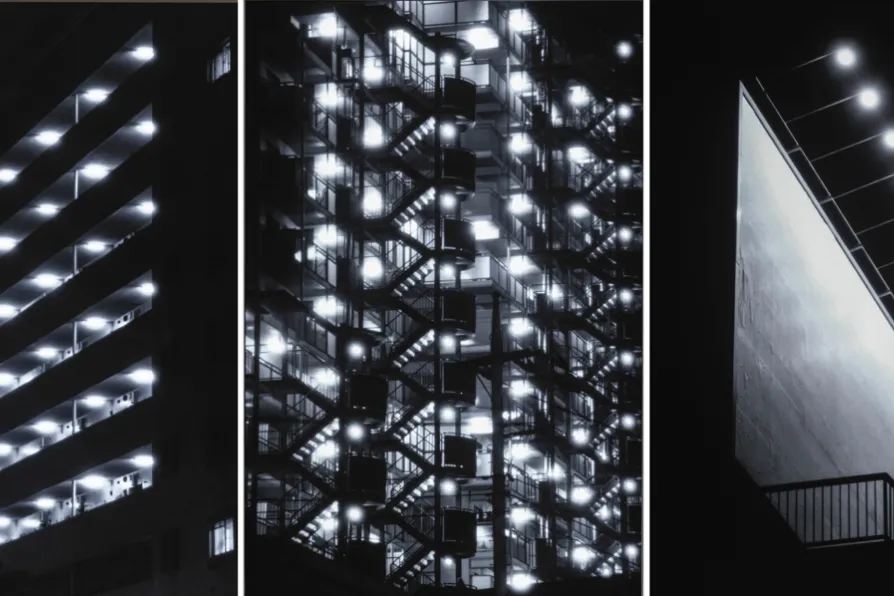RICHARD MURGATROYD enjoys a readable account of the life and meditations of one of the few Roman emperors with a good reputation
Naoya Hatakeyama: Everything is Illuminated Tate Modern Blavatnik Building, London

 Maquettes Light
Maquettes Light
DURING the mid-1990s, Naoya Hatakeyama wandered the Tokyo streets at night, observing the patterns of lights in and around the city.
When spotting perplexing or alluring forms he would photograph each with a reduced exposure time, to eliminate insignificant detail and allow the light alone to reveal the semi abstract motifs within the image.
“I started taking pictures of this kind of light with a small camera around 1995. I got on a motorcycle every night and went out here and there and gathered only the lights of the buildings,” he said once, describing his modus operandi.
Similar stories

NICK MATTHEWS previews a landmark book launch taking place in Leicester next weekend

New releases from The Tenementals, Nik Bartsch’s Ronin, and Kuunatic

ANDREW HEDGECOCK relishes visual storytelling with no respect for genres, movements or styles

MICHAL BONCZA recommends a compact volume that charts the art of propagating ideas across the 20th century










